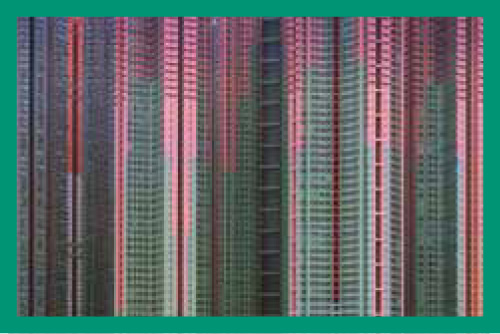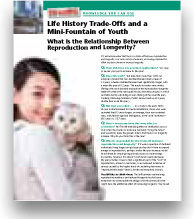CONTENTS
|
PART 4 Ecology and the Environment |
|
|
Planet at capacity: patterns of population growth |
|
|
Population ecology is the study of how populations interact with their environments. 572 |
|
|
14.1 |
What is ecology? 572 |
|
14.2 |
A population perspective is necessary in ecology. 573 |
|
14.3 |
Populations can grow quickly for a while, but not forever. 574 |
|
14.4 |
A population’s growth is limited by its environment. 576 |
|
14.5 |
Some populations cycle between large and small. 578 |
|
14.6 |
“Maximum sustainable yield” is useful but nearly impossible to implement. 580 |
|
A life history is like a species summary. 582 |
|
|
14.7 |
Life histories are shaped by natural selection. 582 |
|
14.8 |
There are trade- |
|
14.9 |
This is how we do it: Life history trade- |
|
14.10 |
Populations can be described quantitatively in life tables and survivorship curves. 587 |
|
Ecology influences the evolution of aging in a population. 589 |
|
|
14.11 |
Things fall apart: what is aging and why does it occur? 589 |
|
14.12 |
What determines the average longevity in different species? 592 |
|
14.13 |
Can we slow down the process of aging? 593 |
|
The human population is growing rapidly. 595 |
|
|
14.14 |
Age pyramids reveal much about a population. 595 |
|
14.15 |
As less- |
|
14.16 |
Human population growth: how high can it go? 599 |
|
Life history trade- |
|
XVIII
 14 • Population Ecology 571
14 • Population Ecology 571 StreetBIO: KNOWLEDGE YOU CAN USE
StreetBIO: KNOWLEDGE YOU CAN USE